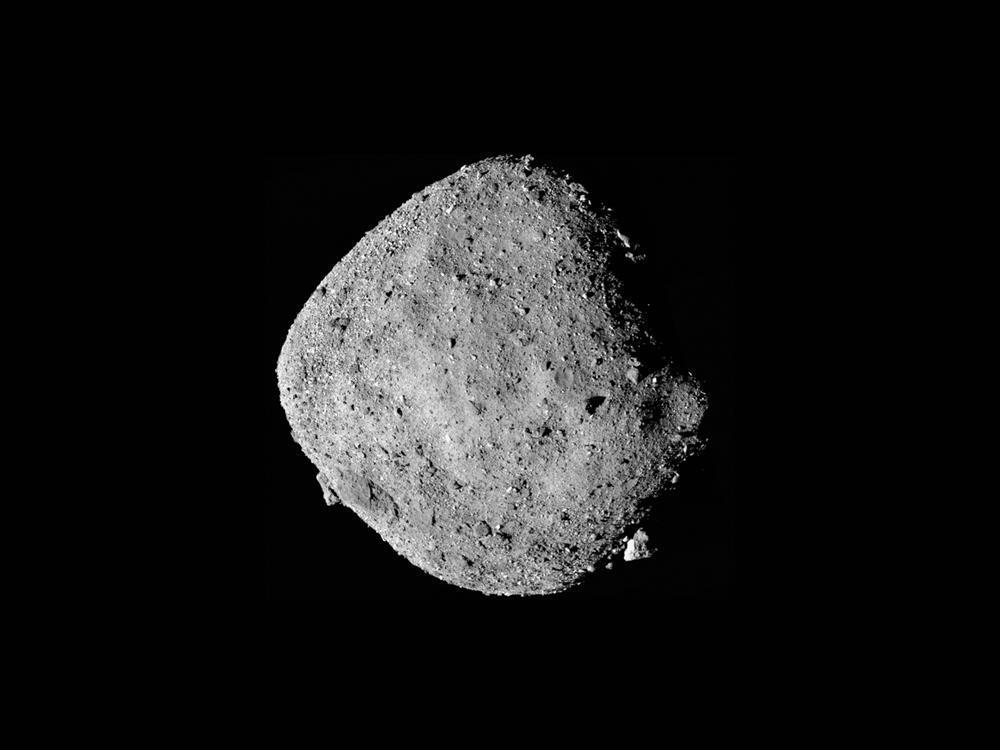NASA hopes asteroid sample holds life's building blocks

Scientists from the National Aeronautics and Space Administration (NASA) are awaiting the arrival of asteroid samples this September as they plan to study it for the presence of life's building blocks.
The Agence France-Presse reports that NASA's Johnson Space Center will be studying samples from the asteroid Bennu in hopes that it will help in the understanding of our planet and the solar system. It is being delivered by the US space probe OSIRIS-Rex, which was launched in 2016 to harvest samples from Bennu.
The probe is expected to arrive on Earth by September 24 with 8.8 ounces or 250 grams of material. Once it arrives, scientists will separate pieces of rock and dust for study as well as set aside most of it for future generations to study.
This isn't the first time that asteroid samples have been studied for the presence of the building blocks of life. Back in 2010 and 2020, asteroid samples were brought back by Japanese probes to be studied. The 2020 samples were discovered to have uracil, which is one of the things that make up RNA or ribonucleic acid. RNA is a single-strand nucleic acid present in all living cells. The Bennu sample could have the same material.
Celestial bodies containing life's building blocks have been hitting the news over the past few weeks. Last month, findings from NASA's Cassini probe revealed that phosphorus exists in the ocean beneath the ice of Saturn's moon Enceladus, the first time phosphorus has been discovered in an ocean beyond Earth.
Even before the Enceladus discovery or any possible discoveries made from the Bennu samples, NASA had already announced plans to have a human live on the moon “within a decade”.
The announcement was made last year by Howard Hu, NASA's program manager for the Orion lunar spacecraft program. According to him, if the Artemis rocket successfully brings back the Orion lunar spacecraft, it would be followed up with a manned flight and then another moon landing where astronauts will discover whether there is water on the moon's south pole. If it does exist, it can be converted to fuel for spacecraft that could go deeper into space, such as the planet Mars.
MEANWHILE, IF YOU'D RATHER STAY HERE ON EARTH AND NOT HEAD OFF TO SPACE, CHECK OUT VISA-FREE COUNTRIES PERFECT FOR A VACATION IN THE GALLERY BELOW.



